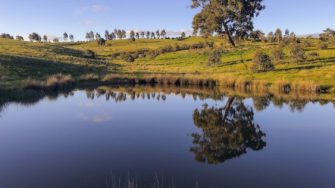WRC prepares report on the failings of the environmental regulatory process for the McArthur River Mine
A multi-disciplinary team from the Water Research Centre and more broadly the UNSW GWI has prepared a report on the failings of the environmental regulatory process for the McArthur River Mine which was released this week.

